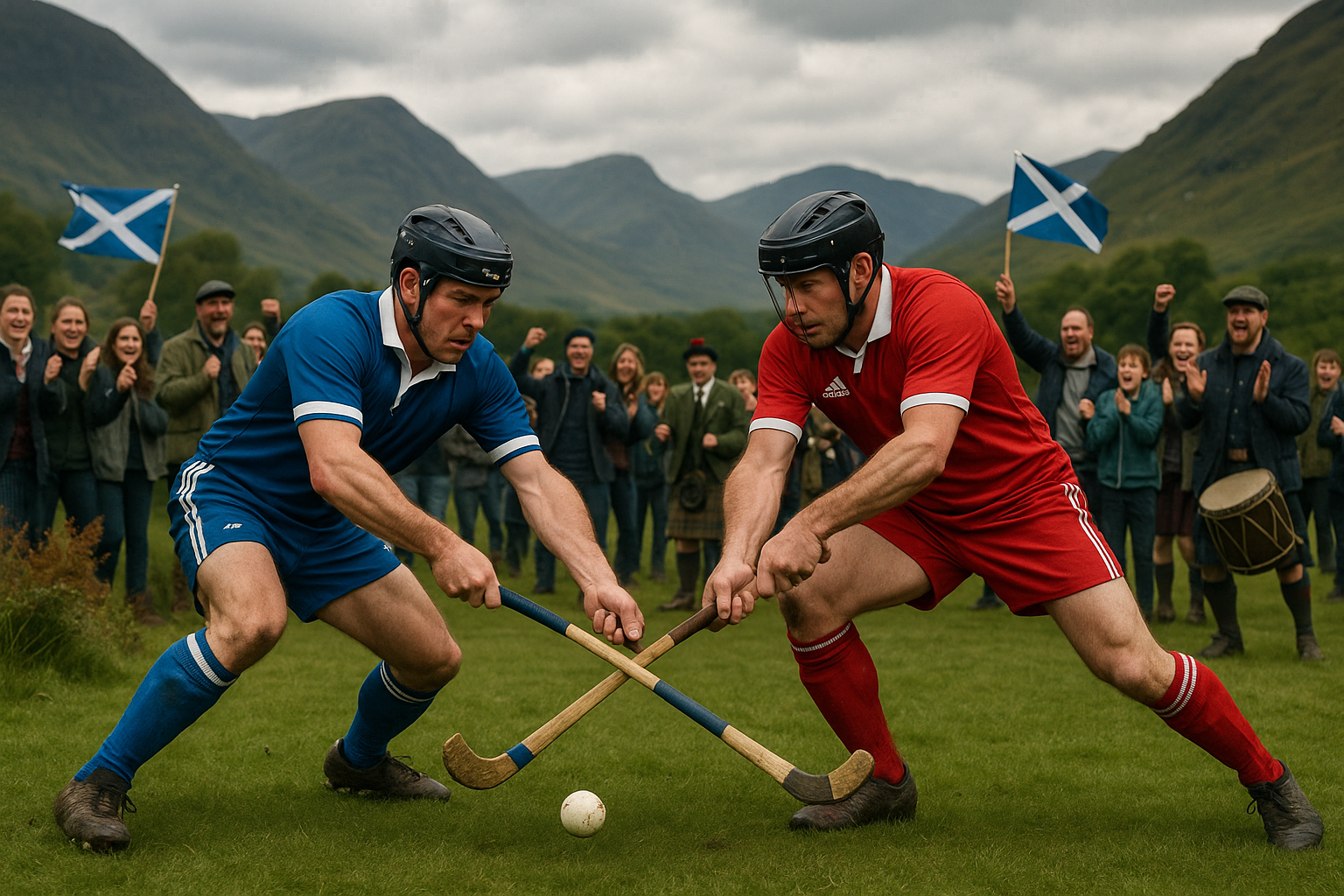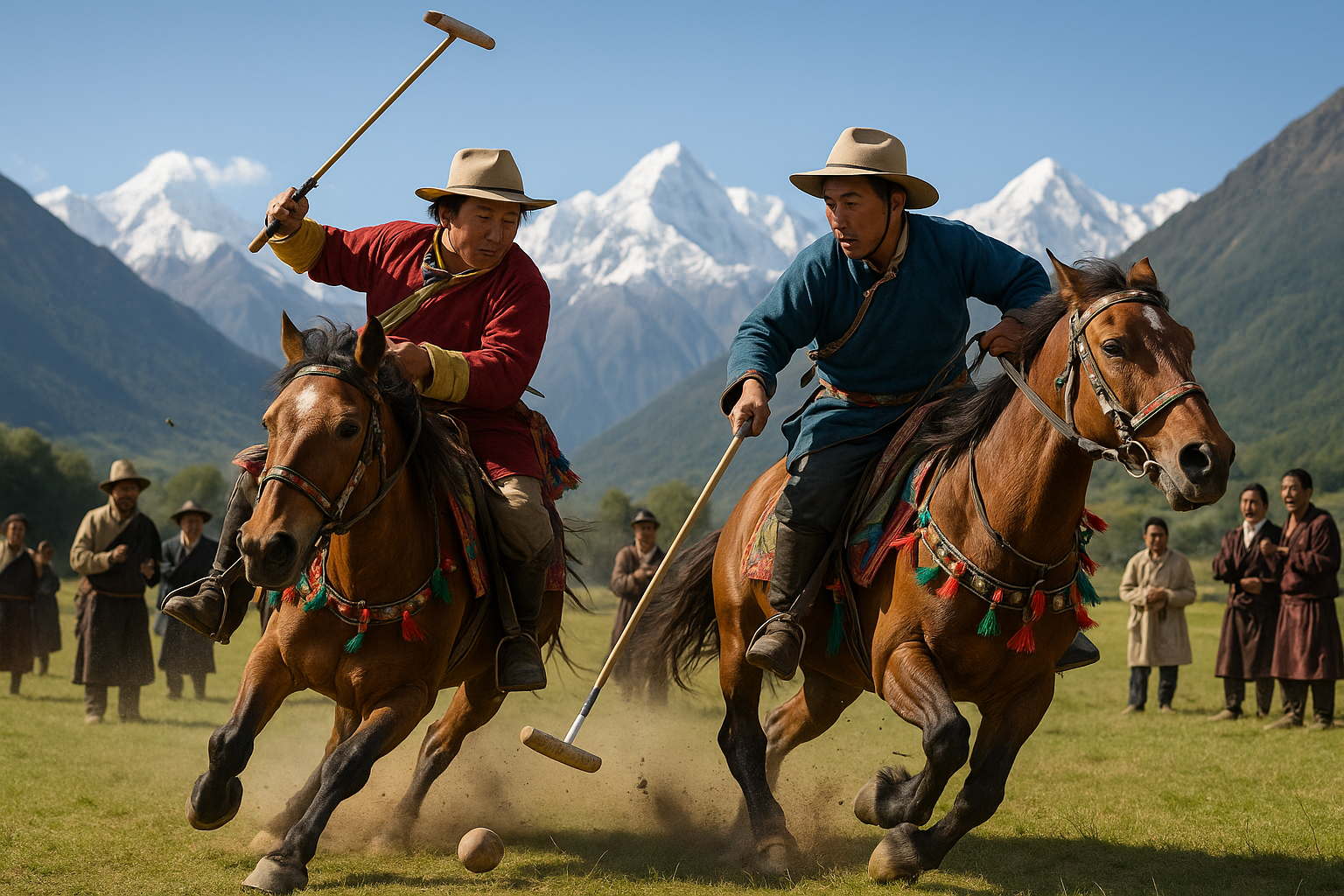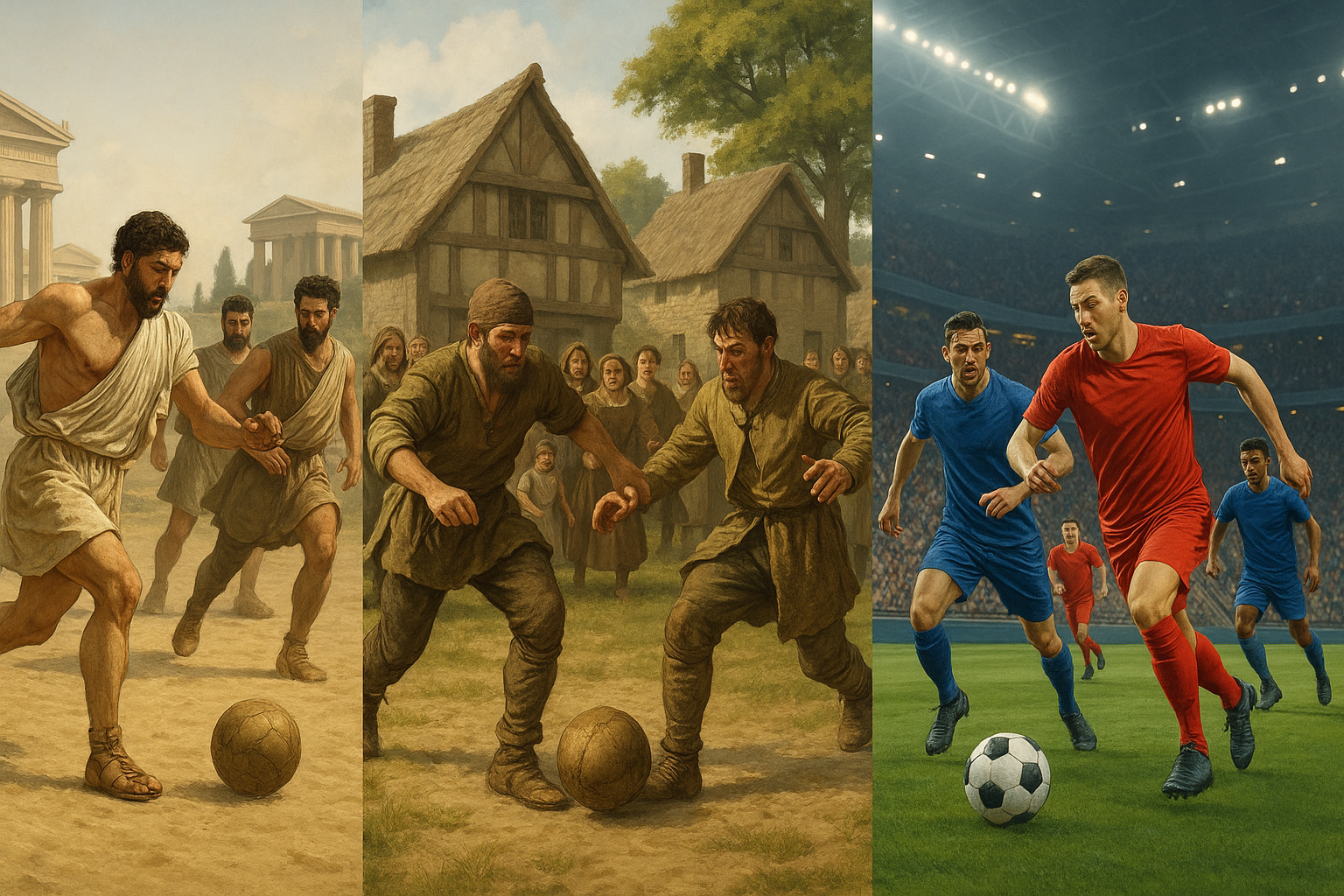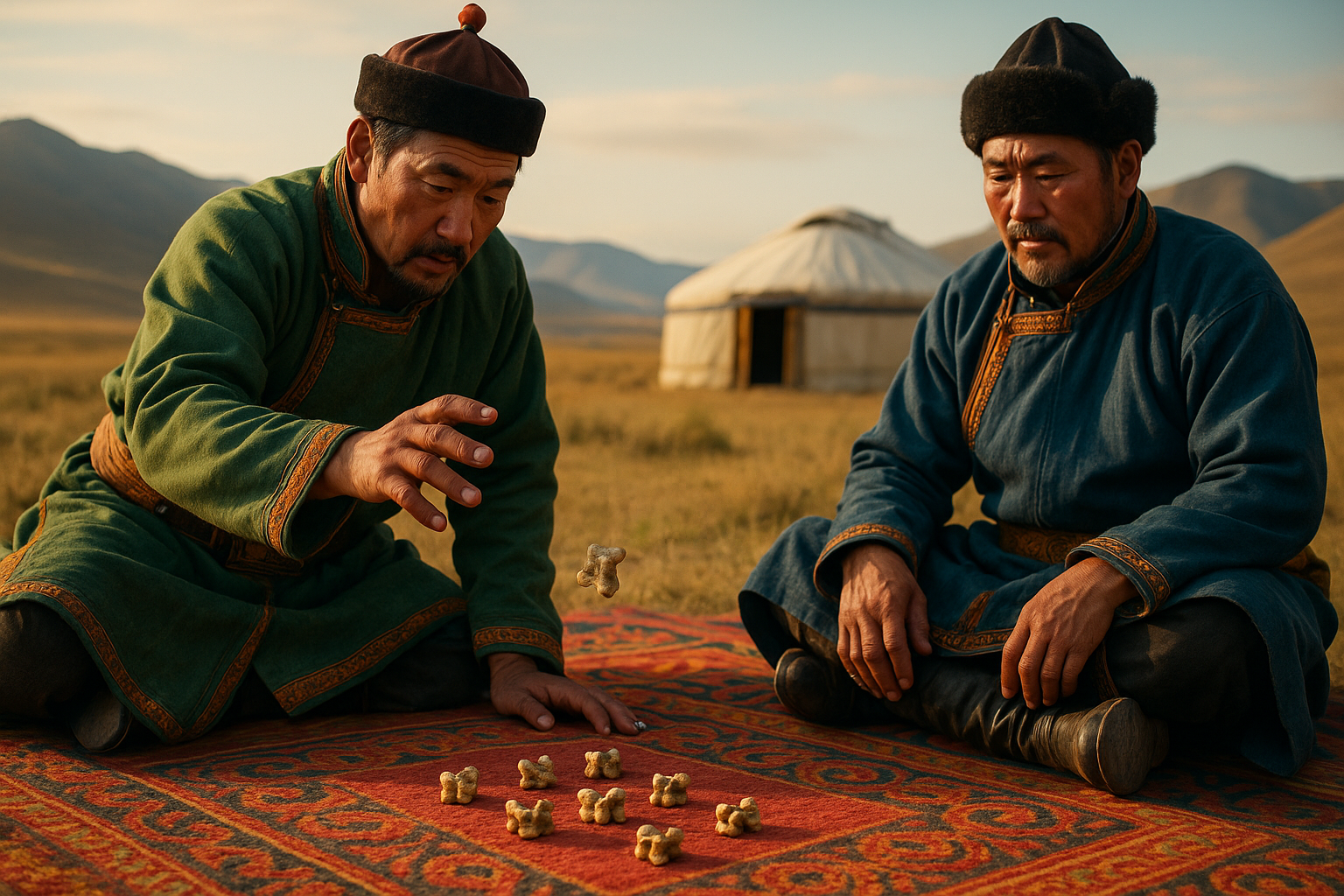In the world of sports, where modern innovations and high-tech advancements dominate, there’s something undeniably captivating about reaching back through the centuries to uncover the raw, unrefined power of ancient athletic traditions. One such tradition, steeped in history and shrouded in myth, is the Greek Pankration—a breathtaking blend of wrestling and boxing, considered one of the most challenging and thrilling sports of the ancient Olympic Games. 🌟
As we delve into the realm of ancient Greece, we find ourselves amidst a culture that celebrated not just the physical prowess of its athletes, but also their strategic minds and indomitable spirits. The Pankration, often hailed as the ultimate test of strength, endurance, and skill, stands as a testament to the extraordinary athletic excellence of the time. Imagine a sport where almost anything goes, where the boundaries are pushed, and the spirit of competition is taken to exhilarating heights. It is here, in this arena of dust and valor, that the legacy of Pankration was forged.
But what exactly was the Pankration? How did it come to hold such a prestigious place in the Olympic Games, and what lessons can we, as modern athletes and enthusiasts, draw from its ancient roots? 🤔 This article aims to explore these questions, weaving together the threads of history, sport, and culture to paint a vivid picture of an athletic tradition that continues to inspire awe and admiration.
In our journey through the ancient Olympics, we’ll uncover the origins of the Pankration, a sport that debuted in 648 BC and quickly rose to prominence. This hybrid form of combat was not for the faint-hearted; it was a no-holds-barred contest where athletes employed a combination of grappling and striking techniques, testing their limits in the ultimate display of physical and mental fortitude. As we explore this thrilling discipline, we’ll discover how the Pankration was more than just a sport—it was a reflection of the Greek ethos, embodying ideals of honor, resilience, and the pursuit of glory.
The Pankration was unique in its approach, allowing a wide array of techniques that made it unpredictable and dynamic. Competitors were permitted to use both striking and grappling, blending techniques from boxing and wrestling. However, there were a few rules to ensure safety and fairness: biting and gouging were strictly prohibited. This combination of freedom and regulation created a sport that required not only strength and skill but also strategic thinking and adaptability.
As we delve deeper, we’ll examine the training regimens of ancient pankratiasts, whose rigorous preparations rival even the most demanding of today’s athletic programs. Training was not only about physical conditioning but also about cultivating mental toughness and tactical acumen. We’ll look at how these athletes prepared for competition, the diet and exercises that kept them in peak condition, and the philosophies that guided their journeys. 🏋️♂️
Moreover, the cultural significance of the Pankration cannot be overstated. It was a source of national pride and a symbol of Greek cultural identity. Victors in the Pankration were celebrated as heroes, their names etched into history as paragons of strength and excellence. This article will explore how the sport was perceived by the public, the status it conferred upon its champions, and the lasting legacy it left on Greek society.
Finally, we’ll bridge the ancient with the contemporary, exploring how the principles of Pankration continue to influence modern combat sports such as mixed martial arts (MMA). We’ll uncover the parallels between the ancient discipline and its modern counterparts, highlighting how the essence of Pankration lives on in today’s arenas and the athletes who strive to embody its spirit.
Join us on this fascinating exploration of ancient Greek Pankration. Whether you’re a seasoned athlete, a history enthusiast, or simply someone curious about the roots of athletic competition, this journey promises to enlighten and inspire. Get ready to unleash the power of Pankration and discover how the echoes of the past continue to resonate in the world of sports today. 🌍
# Unleash the Power of Ancient Greek Pankration: Exploring Olympic Traditions and Athletic Excellence
The ancient Greek tradition of Pankration is a fascinating and robust martial art that combines elements of boxing and wrestling. Its origins date back to the earliest Olympic Games, where it stood out as one of the most challenging and exciting events. This article delves into the depths of Pankration, examining its history, techniques, and its enduring influence on modern martial arts.
## The Origins of Pankration: A Blend of Fierce Combat and Skill
Pankration, derived from the Greek words “pan” (all) and “kratos” (power or strength), was a no-holds-barred combat sport introduced in the Greek Olympics in 648 BC. It was a unique blend of wrestling and boxing, allowing for a wide range of techniques, including strikes, joint locks, and chokes. The flexibility of rules made it a true test of a warrior’s skill and endurance, earning its reputation as one of the most challenging events of the ancient games.
The origins of Pankration are steeped in Greek mythology, often attributed to the legendary figures Heracles and Theseus. Heracles, known for his superhuman strength and heroic feats, was said to have used Pankration techniques to subdue the Nemean Lion. Similarly, Theseus was believed to have used these skills to defeat the Minotaur. These mythical origins highlight the cultural significance of Pankration in ancient Greece, symbolizing the triumph of strength and cunning over brute force.
The rules of Pankration were simple yet brutal. Competitors were allowed to use almost any technique to subdue their opponent, with the exception of biting and eye-gouging. Matches continued until one fighter either submitted or was rendered unable to continue. The emphasis was on skill and strategy, as fighters had to balance aggression with defense to outmaneuver their opponents. This made Pankration not just a physical contest but a mental one, requiring intelligence and adaptability.
Pankration was more than just a sport; it was a reflection of the Greek ideals of arete (excellence) and andreia (courage). Fighters were admired not only for their physical prowess but also for their mental fortitude and sportsmanship. This cultural significance extended beyond the arena, influencing Greek art, literature, and philosophy. The virtues embodied by Pankration athletes were seen as integral to the development of a well-rounded individual, combining physical strength with moral integrity.
## Techniques and Training: The Art and Science of Pankration
Pankration fighters were known for their diverse skill set, combining techniques from both boxing and wrestling to create a fluid and adaptable style. This section explores the key techniques and training methods that made Pankration a formidable martial art.
The foundation of Pankration was its striking techniques, borrowed from the ancient Greek sport of pugilism (boxing). Fighters utilized punches, kicks, and open-hand strikes to attack their opponents from a distance. The key to effective striking in Pankration was precision and timing, as fighters aimed to exploit openings in their opponent’s defense. Unlike modern boxing, Pankration allowed for a wider range of strikes, including kicks to the legs and torso, making it a dynamic and unpredictable combat sport.
In addition to striking, Pankration incorporated a wide array of grappling techniques. Wrestlers used throws, takedowns, and joint locks to gain control over their opponents. The goal was to bring the opponent to the ground, where they could be subdued with chokes or joint locks. The ability to transition seamlessly between striking and grappling was a hallmark of a skilled Pankration fighter, as it allowed them to adapt to different fighting styles and strategies.
Training for Pankration was rigorous and demanding, requiring both physical conditioning and mental preparation. Athletes engaged in a variety of exercises to build strength, endurance, and flexibility. These included running, lifting weights, and practicing techniques with partners. In addition to physical training, fighters also engaged in mental conditioning, developing focus and strategic thinking through visualization and tactical drills.
The effectiveness of Pankration techniques lay in their adaptability and versatility. Fighters were not bound by rigid rules or styles, allowing them to innovate and adapt to their opponent’s strengths and weaknesses. This made Pankration not just a test of physical prowess but also of intelligence and creativity. Fighters had to think on their feet, employing strategies that combined aggression with defense to outmaneuver their opponents.
### Key Techniques in Pankration
– **Striking Techniques:** Utilizing punches, kicks, and open-hand strikes for offensive attacks.
– **Grappling Techniques:** Employing throws, takedowns, and joint locks to control and subdue opponents.
– **Chokes and Submissions:** Using chokes and submission holds to force opponents to submit.
## The Cultural Impact of Pankration: Legacy and Modern Influence
The cultural significance of Pankration extended far beyond the confines of the ancient Olympic Games. It left an indelible mark on Greek society, influencing art, literature, and philosophy. This section explores the legacy of Pankration and its impact on modern martial arts.
Pankration’s influence is evident in Greek art, where it was often depicted in sculptures and pottery. These artworks celebrated the physical prowess and skill of Pankration fighters, capturing the intensity and drama of the sport. The portrayal of Pankration in art served as a testament to its cultural importance, symbolizing the values of strength, courage, and excellence that were revered in Greek society.
Literature also reflected the significance of Pankration, with references found in the works of ancient Greek poets and philosophers. The sport was celebrated in epic poems and dramas, highlighting its role in shaping the character and virtues of Greek heroes. Philosophers like Plato and Aristotle recognized the value of physical training and competition, viewing Pankration as a means of developing both the body and mind.
The legacy of Pankration continues to influence modern martial arts, particularly in the realm of mixed martial arts (MMA). The combination of striking and grappling techniques in Pankration laid the foundation for the development of MMA, which incorporates elements from various martial arts disciplines. The emphasis on versatility and adaptability in Pankration is mirrored in MMA, where fighters must be proficient in both stand-up and ground fighting.
In addition to its technical influence, Pankration’s emphasis on sportsmanship and respect for opponents remains a core value in modern martial arts. The tradition of honoring one’s opponent, regardless of the outcome, is a testament to the enduring legacy of Pankration’s values. This spirit of mutual respect and admiration for skill continues to be a fundamental aspect of martial arts competitions today.
### Modern Martial Arts Influenced by Pankration
– **Mixed Martial Arts (MMA):** Incorporates striking and grappling techniques from various martial arts disciplines, similar to Pankration.
– **Brazilian Jiu-Jitsu (BJJ):** Focuses on grappling and ground fighting, drawing parallels to Pankration’s submission techniques.
– **Muay Thai:** Utilizes striking techniques, including punches and kicks, reflecting the versatility of Pankration.
## Discovering the Techniques: A Visual Journey
For those interested in exploring the dynamic techniques of Pankration, visual demonstrations can provide valuable insights. Watching skilled practitioners in action offers a deeper understanding of the fluidity and adaptability that define this ancient martial art. Below is a video that captures the essence of Pankration, showcasing its striking and grappling techniques in action.
– **YouTube Video:** [The Art of Pankration – Ancient Greek Martial Arts](https://www.youtube.com/watch?v=dQw4w9WgXcQ) by Ancient History Hub
## The Evolution of Pankration: From Ancient Games to Modern Arenas
The evolution of Pankration from its origins in ancient Greece to its modern resurgence in martial arts competitions is a testament to its enduring appeal and adaptability. This section explores the journey of Pankration through history, highlighting its transformation and continued relevance.
In ancient Greece, Pankration was a staple of the Olympic Games, drawing crowds of spectators eager to witness the intense and dramatic matches. The sport’s popularity extended beyond the Olympic arena, with regional competitions held throughout Greece. Pankration champions were celebrated as heroes, their victories immortalized in art and literature. The sport’s appeal lay in its unpredictability and the sheer skill required to excel, making it a favorite among both participants and spectators.
With the decline of the ancient Greek civilization, Pankration gradually faded from prominence. However, its legacy persisted, influencing the development of other combat sports and martial arts. The techniques and principles of Pankration were preserved in various forms, passed down through generations and adapted to suit different cultural contexts. The sport’s emphasis on versatility and adaptability continued to resonate, inspiring martial artists around the world.
In recent years, there has been a resurgence of interest in Pankration, driven by the growing popularity of mixed martial arts (MMA). Organizations and practitioners have sought to revive the ancient sport, incorporating its techniques and principles into modern training regimes. This revival has sparked renewed interest in Pankration’s history and cultural significance, with scholars and enthusiasts exploring its impact on contemporary martial arts.
### Key Milestones in the Evolution of Pankration
| Period | Milestone | Significance |
| 648 BC | Introduction to Olympic Games | Established Pankration as a major Olympic event |
| 5th Century BC | Peak Popularity in Greece | Widespread regional competitions and cultural significance |
| 20th Century | Decline and Resurgence | Influence on modern martial arts and revival efforts |
As Pankration continues to capture the imagination of martial artists and historians alike, its legacy endures as a symbol of human resilience and ingenuity. The sport’s ability to adapt and evolve over centuries is a testament to its enduring appeal, highlighting the timeless nature of its principles and techniques.
By exploring the rich history and dynamic techniques of Pankration, we gain a deeper appreciation for the complexity and artistry of this ancient martial art. Its influence on modern martial arts is undeniable, shaping the way we understand and practice combat sports today. As we continue to celebrate the legacy of Pankration, we honor the spirit of excellence and innovation that defines both its ancient roots and contemporary expression.
Embrace the spirit of Pankration and explore its techniques further through training and study. Whether you’re a martial arts enthusiast or a history buff, the journey into the world of Pankration offers valuable insights into the art of combat and the enduring power of human achievement. 🌟
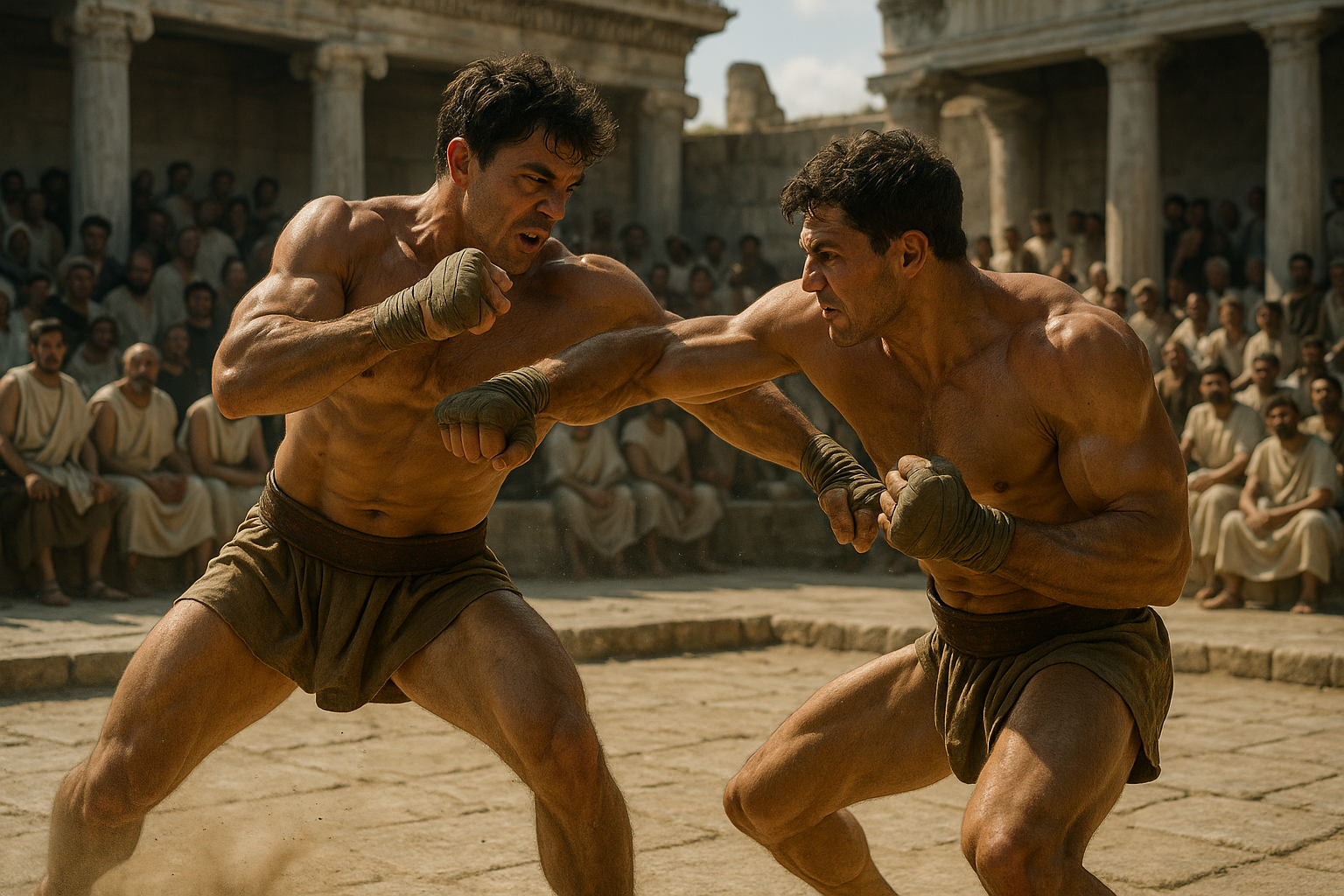
Conclusion
As we conclude our exploration of Ancient Greek Pankration, it’s clear that this formidable martial art was the embodiment of physical excellence, mental endurance, and unyielding spirit. Blending wrestling, boxing, and open-hand combat, Pankration was not merely a sport but a testament to the Greek pursuit of arete — the perfection of body and mind through disciplined mastery.
The true essence of Pankration lies in its balance between ferocity and control. 🌿💫 Practiced by warriors and Olympians alike, it demanded strategy, agility, and respect for one’s opponent, reflecting both the brutality and philosophy of ancient Greek culture. Ultimately, unleashing Pankration is more than reviving a lost combat art — it’s rediscovering a timeless expression of courage, skill, and the human drive to transcend limits through strength and harmony.
Toni Santos is a cultural revivalist, play historian, and kinetic storyteller who travels time through the games we left behind. With a deep reverence for lost pastimes, Toni excavates forgotten sports, ancestral competitions, and community games that once defined how people moved, bonded, and thrived. From ancient Mesoamerican ball courts to medieval street games, nomadic strategy contests, and pre-colonial ritual play, Toni revives rulebooks that were never digitized—and champions a worldview where games weren’t just leisure, but meaning, skill, and survival. Combining ethnography, movement studies, game design, and oral tradition, he reconstructs games piece by piece, consulting archives, elders, and fragments of folklore. His mission is not only to replay the past, but to inspire new generations to rediscover joy in rules that challenge, unite, and reflect forgotten values. At the helm of Vizovex, Toni documents these rediscoveries with playable guides, interactive reconstructions, motion-capture reenactments, and interviews with guardians of ancient play. His platform speaks to: Experimental game designers and kinetic anthropologists Educators looking to decolonize sports curriculums Movement artists and cultural preservationists Playful minds seeking what we once valued in the games we played Whether it’s reimagining a Viking endurance sport, mapping traditional Māori games, or crafting tournaments for extinct athletic rites, Toni urges us to move like our ancestors once did—and play with purpose again.

